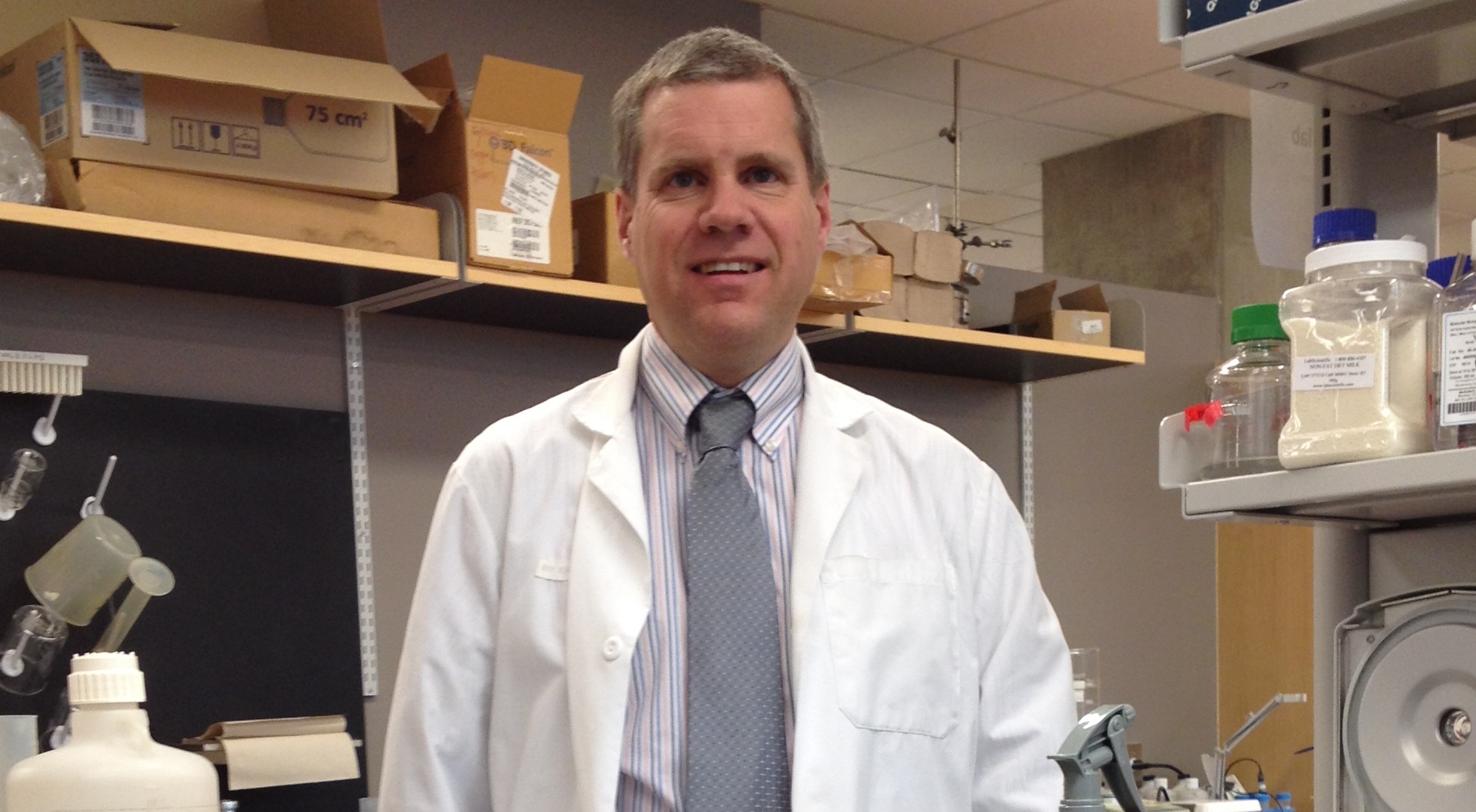Targeting interferogenic signals regulated by SLE risk gene PTPN22
Abstract
Innate immune cell signaling drives cytokine production that contributes to both instigation and suppression of tissue-damaging inflammation in Systemic Lupus Erythematosus (SLE). Our recent data provide new insights about the function of PTPN22, a “risk” gene for human SLE, in myeloid cell signaling. In this proposal, we utilize these insights to guide investigations aimed at identifying therapeutic targets for the inflammatory phase of SLE. Our results indicate that PTPN22 is selectively required for efficient production of type 1 IFN in response to Toll-like receptor (TLR) engagement and TRAF3-dependent signaling. We find that PTPN22 promotes type 1 IFN-driven innate immunoregulation. Intriguingly, the SLE-associated protein variant “LypW” exhibits reduced function in myeloid cells, and fails to promote efficient TLR-induced type 1 IFN production(4). Deficient type 1 IFN responses associated with LypW correlate with increased IL-17 mRNA and more severe disease in a model of synovial inflammation. Our central hypothesis is that SLE “risk” variant LyW predisposes to tissue injury by impairing TLR signals that promote myeloid cell-mediated regulation of pro-inflammatory factors like IL-17 and IL-1. We will test the hypothesis using primary human cells, mouse models, and biochemical investigations in cell lines: Aim 1. We will determine whether LypW+ carrier SLE patients show impaired type 1 IFN induction and altered Th17 differentiation, and identify the molecular mediators whereby PTPN22 exerts immunoregulatory effects on IL-17 and IL-1-driven inflammation. Aim 2. We will determine the roles of Ptpn22 and LypW on IL-17-driven disease progression and glomerular inflammation in lupus-prone mice. Aim 3. To determine the molecular mechanism whereby Lyp controls TRAF3 action in pattern recognition receptor signaling, we will map the domains within Lyp and TRAF3 that are required to promote TLR signaling. We will identify Lyp or TRAF3 binding partners that mediate promotion of TLR signaling. Proposed studies are significant because they will provide insight into mechanisms whereby inflammation in human SLE might be regulated by TLR signaling and type 1 IFN production, and because they will suggest that LypW carrier SLE patients represent a distinct clinical subset characterized by dysregulation of myeloid signaling and of cytokine-driven inflammation.




